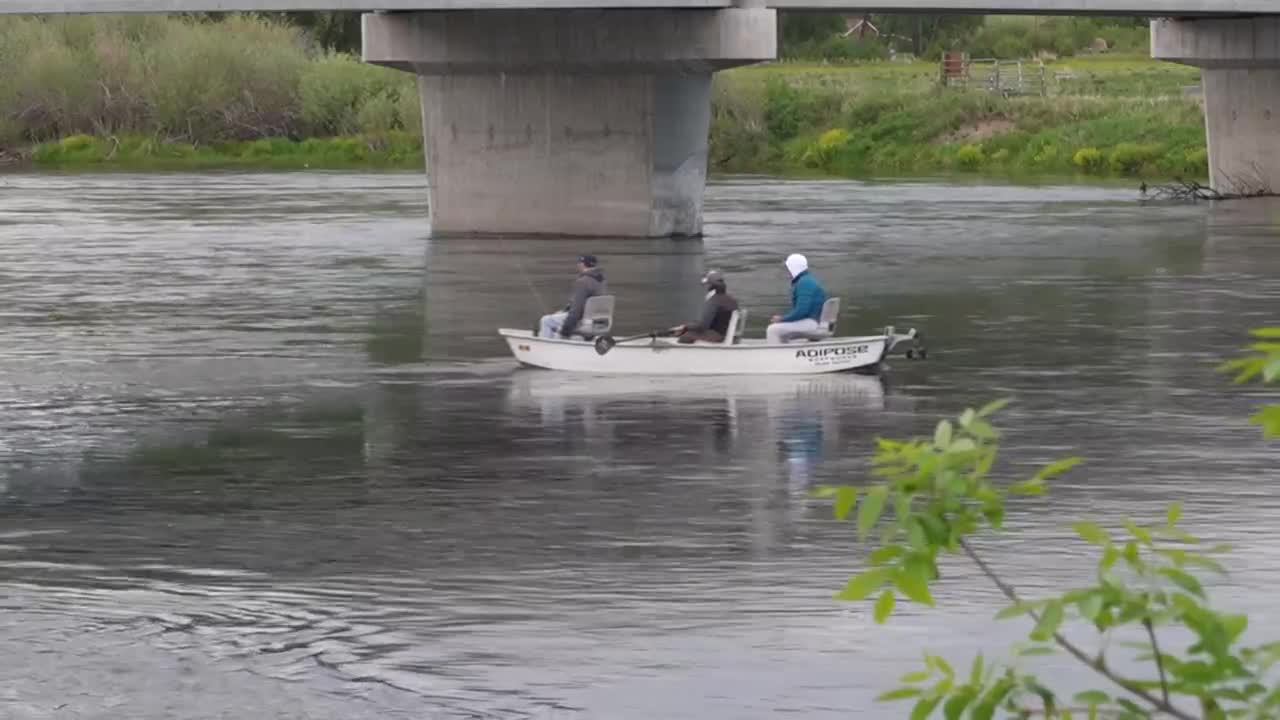HELENA — Montana is renowned worldwide for its rivers, lakes, and streams, making the state a prime fishing destination, and last year, it reeled in over a billion dollars for the economy.
“The Big Sky state draws folks to recreate, and part of that is our fishing and angling economy,” Adam Strainer, the fisheries division chief with Montana Fish, Wildlife, and Parks, said. “That’s everything from mom and pop going out to fish with their children to guides and outfitters to everything under the sun.”
(WATCH: Fishing contributed over $1 billion to Montana's economy in 2024)
A study from Montana Fish, Wildlife, and Parks and the University of Montana Bureau of Business and Economic Research found licensed anglers supported around 16 thousand jobs and added $919 million to the state’s GDP.
“That’s really strong, that’s thousands of people that are employed,” Will Israel, the Montana Outfitters and Guides Association director, says. “That’s gas, food, lodging, retail, outfitters, guides, guest ranches, and guest lodges that are all sustained in mostly rural parts of our state.”
The study differentiates between cold water and warm water fishing. The best-known cold water fishing in the state is trout angling. Non-residents are responsible for more than seventy percent of cold water-related expenditures.
“Whereas the bulk of the warm water angling is based on anglers from local communities fishing on their water bodies, so both of those together make a really great equation to bring a lot of economic benefits to the state of Montana,” Strainer said.
Despite the contribution to jobs and a combined spending of $1.27 billion, there is a catch.
“I do think it is very positive for sure, but it also induces a sense of responsibility,” Israel says. “Montana is not creating any more lakes, rivers, streams, or reservoirs, and so it needs to be balanced and it needs to be effectively managed.”
The full economic impact study can be found here.




